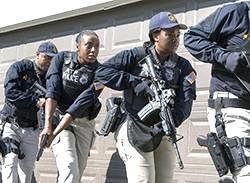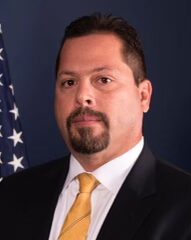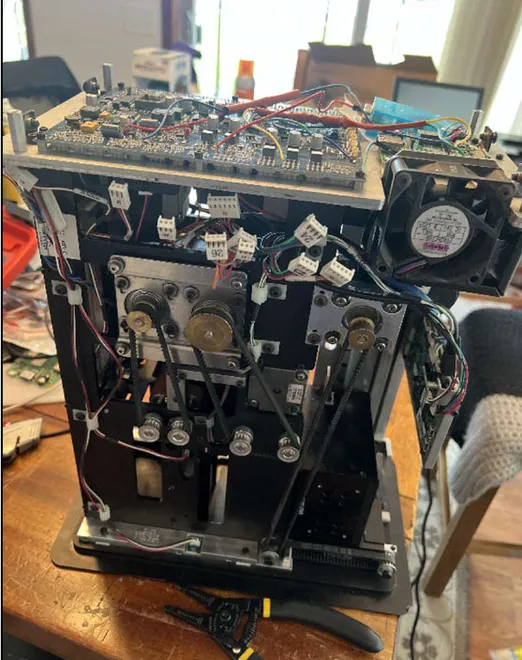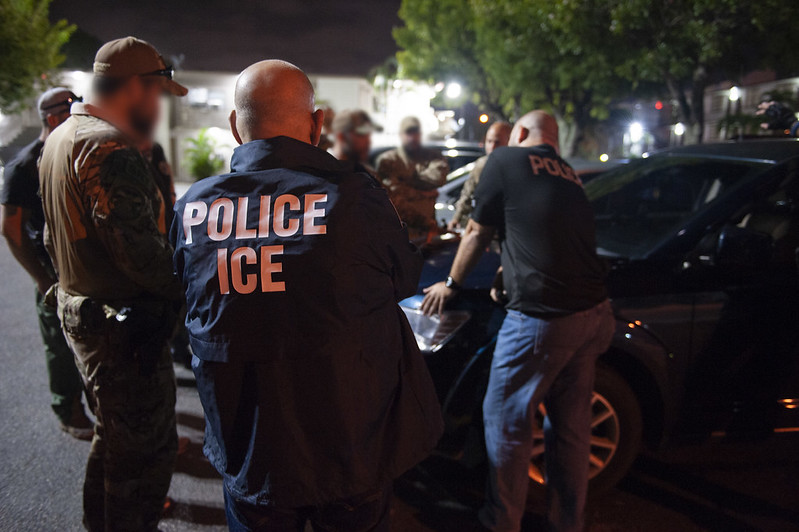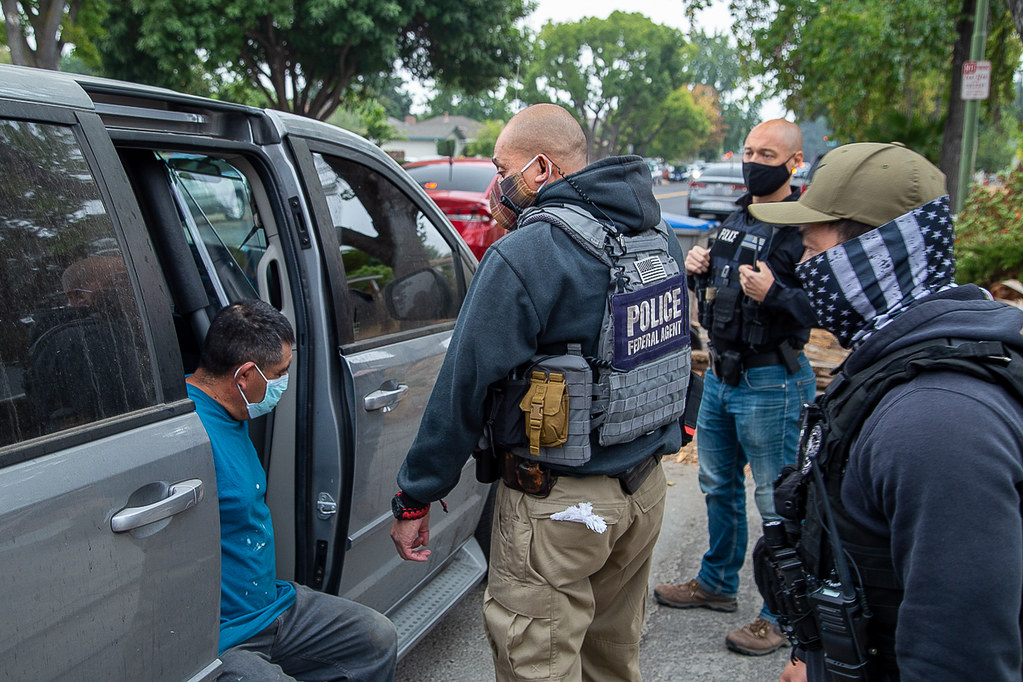The author is a retired Deputy Assistant Director of the Bureau of Alcohol, Tobacco, Firearms and Explosives (ATF). He served as the Special Agent in Charge of the Los Angeles and Miami Field Divisions and as the ATF Country Attaché to Mexico.
By Carlos A. Canino
The Bureau of Alcohol, Tobacco, Firearms and Explosives (ATF) is under threat. Not from cartels, not from armed extremists, but from something far more systemic and just as dangerous: political budget cuts and forced staff reductions. More than 500 Industry Operations Investigators (IOIs)—the federal employees responsible for inspecting gun dealers and keeping firearms from leaking into the black market—are on the chopping block.
I spent over 30 years with ATF, from working undercover on the streets to leading entire field divisions in Los Angeles and Miami, to serving as ATF Mexico Country Attache and eventually Deputy Assistant Director. I’ve seen firsthand how gun trafficking organizations exploit regulatory loopholes, and how critical IOIs are to identifying the source of the guns ending up in crime scenes across America.
Let me put this plainly: If these cuts go through, our nation will lose one of its most effective tools for disrupting the supply side of gun violence.
Most Americans have never heard of an IOI. They don’t carry badges or guns. They’re not on the evening news kicking down doors. But they’re the watchdogs at the gate—trained experts who inspect the books, inventory, and sales records of over 75,000 Federal Firearms Licensees (FFLs) across the country.
Their job is to make sure those dealers aren’t knowingly or negligently feeding the illegal gun market. That includes detecting signs of straw purchases, identifying “bad apple” dealers, and flagging missing firearms. In the world of firearms enforcement, that work is not bureaucratic—it’s investigative gold.
Take away 500 IOIs, and you cripple the federal government’s ability to identify corrupt dealers and prevent trafficking before guns hit the streets. You don’t just lose inspections—you lose leads.
In every major trafficking case I worked or supervised, the paper trail started with a legitimate purchase. Guns don’t fall from the sky. They move from legal commerce into criminal hands through theft, fraud, or dealer misconduct. IOIs are the ones who spot the patterns and raise the red flags.
With fewer inspections: Suspicious sales—like a customer buying five Glocks a month—will go unnoticed. Thousands of “missing” firearms may never be discovered or traced. Corrupt or negligent dealers will continue operating unchecked.
And when law enforcement finally does recover a gun at a crime scene, tracing it back becomes a dead end. That’s how shooting investigations stall—and how trigger pullers stay in business.
As Deputy Assistant Director, I saw the public confusion about what ATF actually does. Yes, we’re a law enforcement agency. Yes, we investigate armed drug traffickers and gang violence. But none of that works without the regulatory foundation that IOIs provide.
The regulatory side and enforcement side are two halves of the same strategy. One generates intelligence. The other acts on it.
Take away the IOIs, and you might as well blindfold your agents and tell them to chase ghosts. You don’t build cases against trafficking rings without first understanding where the guns came from, who bought them, and what patterns connect them. IOIs are the ones who find those dots so agents can connect them.
This doesn’t just hurt ATF—it hurts every cop and prosecutor trying to fight gun violence.
When I ran ATF operations in Miami, we worked hand-in-hand with local police departments and federal prosecutors. Much of our best intelligence came from IOIs—flagging dealers whose inventory didn’t add up, or customers buying 9mm pistols in bulk and moving them north.
That intel drove our investigations, helped us secure search warrants, and ultimately shut down entire trafficking networks. When IOIs do their jobs well, it saves agents time, helps build stronger cases, and prevents shootings before they happen.
Without that backbone, prosecutors get weaker cases. Police get fewer leads. And the public gets more guns in the hands of the wrong people.
You think traffickers aren’t watching this? They are. They know which states have high inspection rates. They know which FFLs have never seen an IOI walk through the door. And they absolutely know how to exploit cracks in the system.
This cut tells traffickers: “Go ahead, the door’s wide open.”
It’s not just about reduced enforcement. It’s about what that reduction signals—less scrutiny, less risk, and more opportunity for those willing to move firearms to gangs, cartels, and violent offenders.
Cutting these positions might look good on a spreadsheet. But the cost will show up elsewhere—in hospital bills, funeral expenses, and unsolved homicides.
The average firearm homicide costs taxpayers nearly $450,000 when you factor in emergency response, healthcare, incarceration, and lost wages. If fewer inspections lead to just a handful more diverted firearms, the public will pay far more than whatever is saved.
Congress and policymakers need to stop thinking of ATF as an expense and start seeing it as a force multiplier. For every dollar spent on regulatory inspections, we generate intel that saves lives and supports hundreds of other investigations.
I think I can speak for an overwhelming majority of my former colleagues. We didn’t spend 25 to 30 years in ATF to see the agency gutted from the inside. This isn’t about politics—it’s about public safety. And if we allow these IOI cuts to happen, we’ll be doing exactly what gun traffickers hope for: lowering the risk and raising their reward.
You can’t enforce gun laws without gun law enforcers.
And if the federal government is serious about stopping gun violence, it better start by keeping the watchdogs on the job.

